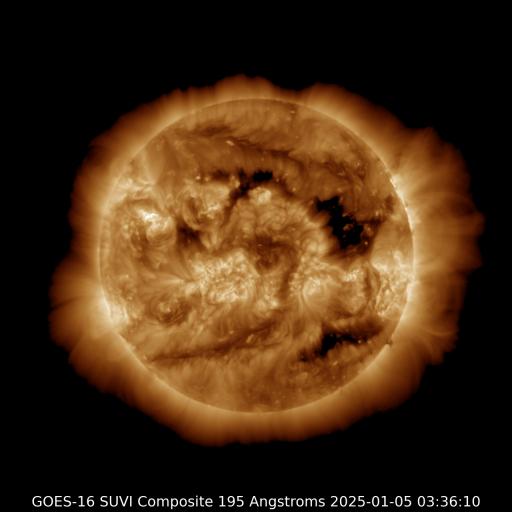Viewing archive of Friday, 28 November 2014
Daily bulletin on solar and geomagnetic activity from the SIDC
Issued: 2014 Nov 28 1227 UTC
SIDC Forecast
Solar flares
Eruptive (C-class flares expected, probability >=50%)
Geomagnetism
Quiet (A<20 and K<4)
Solar protons
Quiet
| 10cm flux | Ap | |
|---|---|---|
| 28 Nov 2014 | 182 | 007 |
| 29 Nov 2014 | 184 | 006 |
| 30 Nov 2014 | 186 | 007 |
Bulletin
NOAA 2222 has increased its sunspot area, but somewhat simplified its magnetic configuration, resulting in only 3 low-level C-class flares. To the southwest of this region, Catania 22 produced the strongest flare of the last 24 hours (C7.5 peaking at 00:40UT). The other sunspot regions were quiet, with NOAA 2219 still having some mixed polarities. The x-ray background flux has decreased to the C1 level. A filament eruption occurred between 04:45 and 05:45UT near and to the NW of NOAA 2222. The associated CME became first visible in LASCO/C2 at 05:48UT. It is not Earth-directed, like the other CMEs observed over the last 24 hours. C-class flaring is expected, with a chance on a low-level M-class flare. Solar wind speed gradually declined and varied between 400 and 350 km/s. The IMF is directed towards the Sun, with Bz mostly positive and varying between -10 and +10 nT. The geomagnetic field was quiet to unsettled (K<4) and is expected to remain so.
Today's estimated international sunspot number (ISN): 104, based on 10 stations.Solar indices for 27 Nov 2014
| Wolf number Catania | 215 |
| 10cm solar flux | 179 |
| AK Chambon La Forêt | 011 |
| AK Wingst | 009 |
| Estimated Ap | 008 |
| Estimated international sunspot number | 106 - Based on 15 stations |
Noticeable events summary
| Day | Begin | Max | End | Loc | Strength | OP | 10cm | Catania/NOAA | Radio burst types | |
|---|---|---|---|---|---|---|---|---|---|---|
| None | ||||||||||
Provided by the Solar Influences Data analysis Center© - SIDC - Processed by SpaceWeatherLive
All times in UTC
Current data suggests there is a slight possibility for aurora to appear at the following high latitude regions in the near future
Iqaluit, NUNuuk
Reykjavik
Latest news
Latest forum messages
Support SpaceWeatherLive.com!
A lot of people come to SpaceWeatherLive to follow the Sun's activity or if there is aurora to be seen, but with more traffic comes higher server costs. Consider a donation if you enjoy SpaceWeatherLive so we can keep the website online!

Latest alerts
00:55 UTC - Coronal hole
A southern hemisphere coronal hole is facing Earth. Enhanced solar wind could arrive in ~3 days
Monday, 7 April 2025
20:45 UTC - Geomagnetic activity
Active geomagnetic conditions (Kp4) Threshold Reached: 20:39 UTC
17:33 UTC - Hemispheric Power Index
The OVATION model predicts the Hemispheric Power Index to reach 51GW at 18:18 UTC
Space weather facts
| Last X-flare | 2025/03/28 | X1.1 |
| Last M-flare | 2025/04/05 | M1.0 |
| Last geomagnetic storm | 2025/04/06 | Kp5 (G1) |
| Spotless days | |
|---|---|
| Last spotless day | 2022/06/08 |
| Monthly mean Sunspot Number | |
|---|---|
| March 2025 | 134.2 -20.4 |
| April 2025 | 148.7 +14.5 |
| Last 30 days | 134.1 -5.6 |




